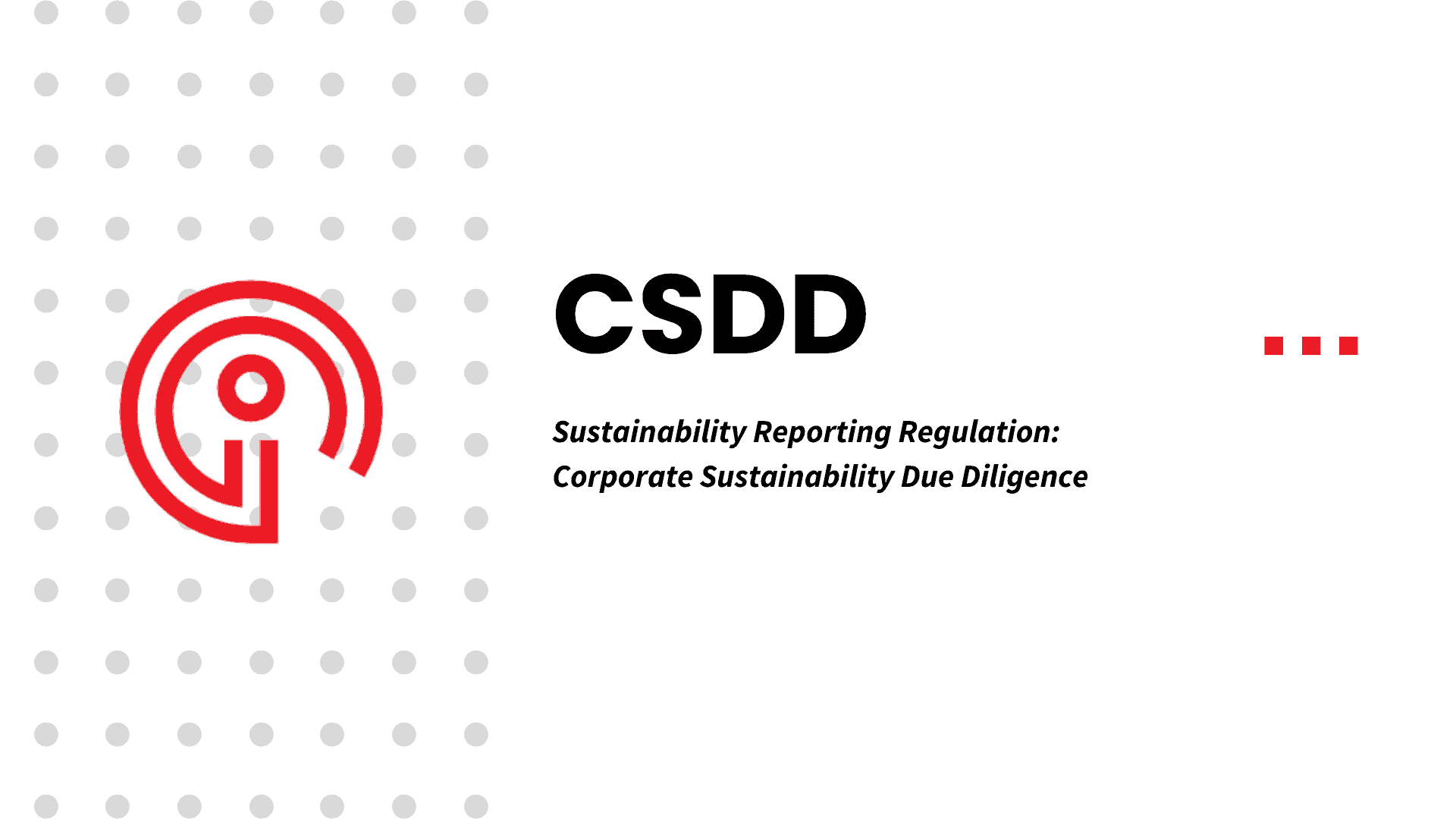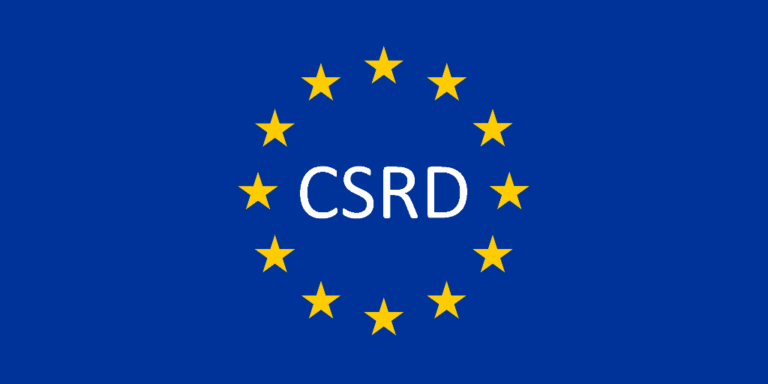Understanding the Differences Between Reporting Scope 1 & 2, and Scope 3 Emissions
With the CSRD’s sector-specific reporting standards (ESRS) coming in 2026, companies must report all GHG emissions, including often-overlooked Scope 3 emissions. Scope 3 covers indirect emissions in your value chain, which can account for up to 80% of total emissions, making data collection and analysis complex. Accurate Scope 3 reporting is crucial for compliance and climate change mitigation. Contact us for expert assistance in navigating this intricate process.







